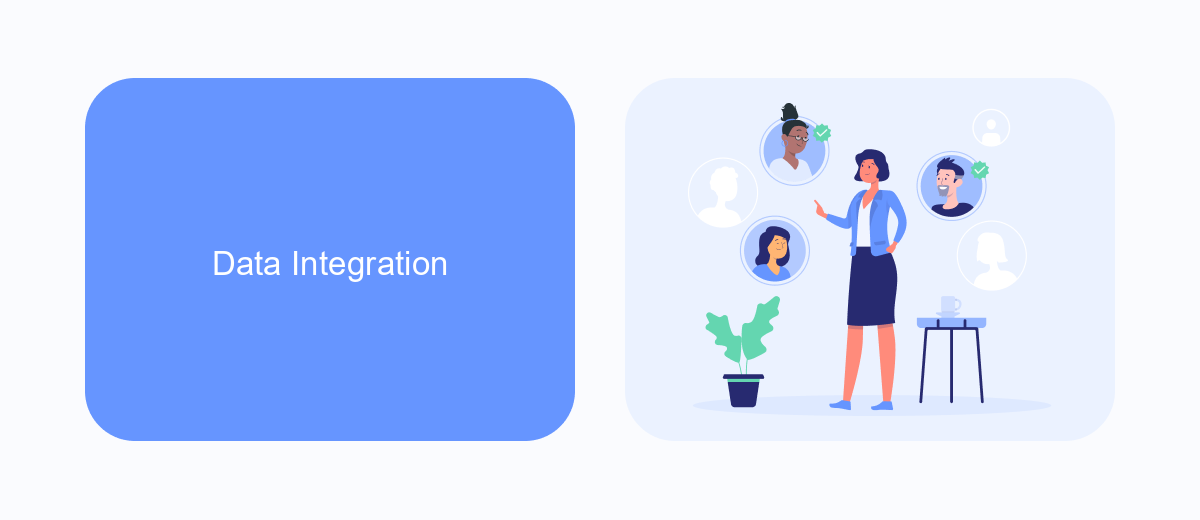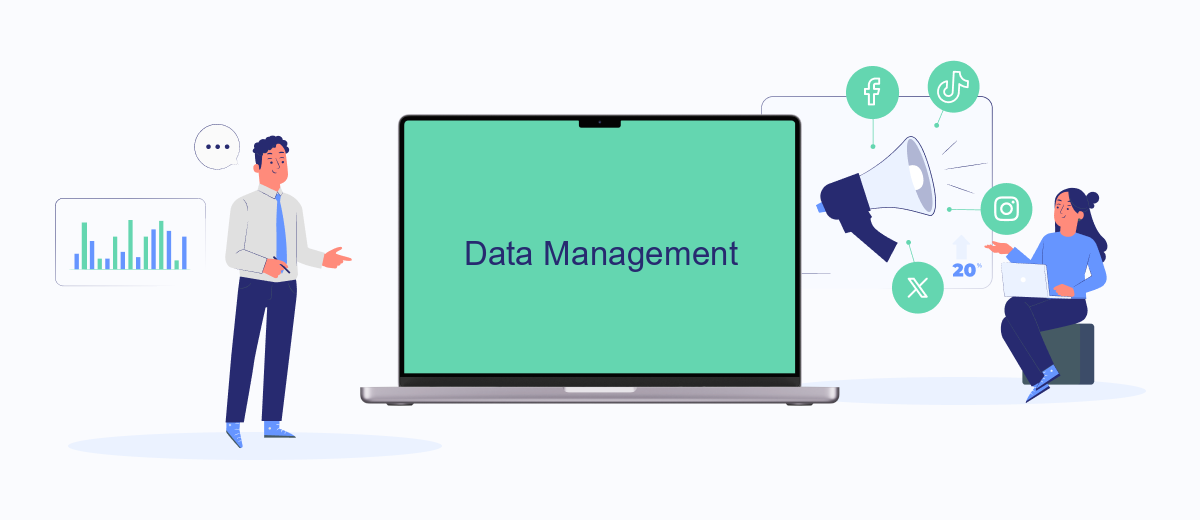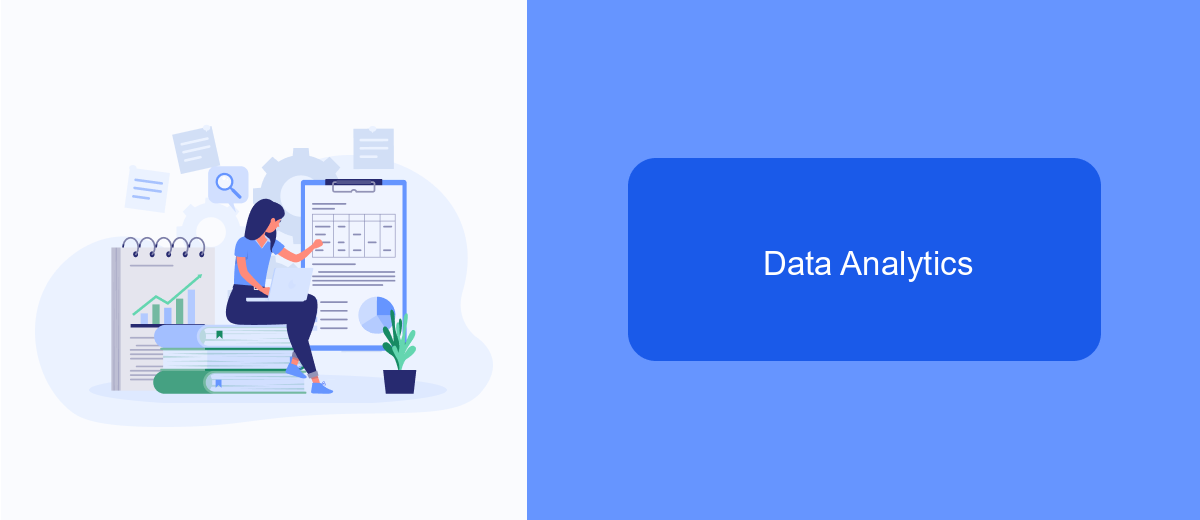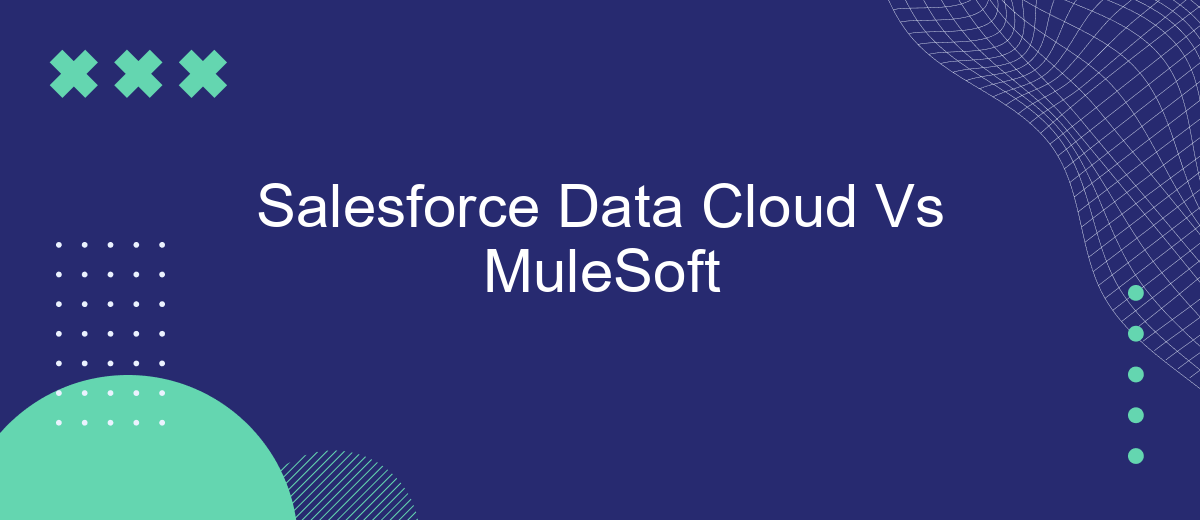In today's rapidly evolving digital landscape, businesses are increasingly relying on robust data integration and management solutions to stay competitive. Salesforce Data Cloud and MuleSoft are two leading platforms that offer unique capabilities in this domain. This article delves into a comparative analysis of Salesforce Data Cloud and MuleSoft, highlighting their key features, strengths, and potential use cases to help you make an informed choice.
Overview
Salesforce Data Cloud and MuleSoft are two robust platforms that offer distinct capabilities for managing and integrating data within enterprise environments. Salesforce Data Cloud focuses on providing a unified and real-time view of customer data, enabling businesses to make data-driven decisions. MuleSoft, on the other hand, excels in connecting various applications, data sources, and devices through its powerful integration platform.
- Salesforce Data Cloud: Specializes in real-time customer data management.
- MuleSoft: Offers extensive integration capabilities for diverse systems.
- SaveMyLeads: Facilitates seamless integration between Salesforce and other platforms.
Choosing between Salesforce Data Cloud and MuleSoft depends on your organization's specific needs. If your primary focus is on leveraging real-time customer insights, Salesforce Data Cloud is the ideal choice. However, if your goal is to integrate multiple systems and streamline workflows, MuleSoft provides comprehensive solutions. Additionally, services like SaveMyLeads can enhance these platforms by simplifying the integration process, ensuring that your data flows smoothly across all your business applications.
Data Integration

When it comes to data integration, Salesforce Data Cloud and MuleSoft offer robust solutions that cater to different needs. Salesforce Data Cloud is designed to seamlessly integrate data from various Salesforce applications and third-party sources into a unified platform. This allows businesses to gain a holistic view of their customer data, enabling better decision-making and personalized customer experiences. The platform's built-in connectors and APIs make it easy to pull in data from various sources, ensuring that all relevant information is available in one place.
On the other hand, MuleSoft provides a more versatile integration platform that goes beyond just Salesforce applications. MuleSoft's Anypoint Platform allows for the integration of a wide range of applications, data sources, and devices, making it a more flexible option for businesses with diverse IT ecosystems. Additionally, services like SaveMyLeads can complement these platforms by automating the integration process and reducing the manual effort required to synchronize data. By leveraging these tools, organizations can streamline their data workflows and ensure that their systems are always up-to-date.
Data Management

When it comes to data management, both Salesforce Data Cloud and MuleSoft offer robust solutions tailored to different needs. Salesforce Data Cloud provides a centralized platform for managing customer data, enabling businesses to gain a unified view of their customers. This platform excels in data integration, data quality, and data governance, ensuring that all customer data is accurate and up-to-date.
- Data Integration: Salesforce Data Cloud seamlessly integrates with various data sources, allowing for easy data consolidation.
- Data Quality: It offers tools to clean and enrich data, ensuring high-quality information across the board.
- Data Governance: Strong governance features help maintain data compliance and security, crucial for any business.
MuleSoft, on the other hand, specializes in API-led connectivity, making it easier to connect applications, data, and devices. This platform is particularly beneficial for businesses looking to integrate disparate systems quickly and efficiently. Additionally, services like SaveMyLeads can further streamline the integration process by automating data transfer tasks, reducing manual work, and enhancing overall efficiency. Both platforms offer unique strengths in data management, catering to different organizational needs.
Data Analytics

When comparing Salesforce Data Cloud and MuleSoft in terms of data analytics, it's essential to understand their distinct capabilities. Salesforce Data Cloud excels in providing a comprehensive platform for gathering, processing, and analyzing customer data, enabling businesses to gain actionable insights. It leverages AI-driven analytics to offer predictive insights and personalized experiences.
MuleSoft, on the other hand, focuses on integrating data from various sources, ensuring seamless connectivity across systems. Its Anypoint Platform facilitates the extraction, transformation, and loading (ETL) of data, making it easier to integrate disparate data sources for analytics purposes.
- Salesforce Data Cloud: AI-driven analytics, customer data insights
- MuleSoft: Data integration, ETL processes, connectivity
For businesses looking to streamline their data integration processes, services like SaveMyLeads can be incredibly beneficial. SaveMyLeads automates the integration of various data sources into platforms like Salesforce, ensuring that businesses can focus on deriving insights rather than managing data connections. Ultimately, both Salesforce Data Cloud and MuleSoft offer robust solutions, but their combined use, complemented by automation tools, can significantly enhance data analytics capabilities.
Pricing and Licensing
Pricing for Salesforce Data Cloud and MuleSoft varies significantly based on the scope and scale of your requirements. Salesforce Data Cloud typically operates on a subscription-based model, with costs determined by the number of users and the volume of data processed. This model allows businesses to scale their expenses according to their growth and usage. Additionally, Salesforce offers various add-ons and premium features that can be purchased separately, providing flexibility for businesses to tailor their solutions to specific needs.
MuleSoft, on the other hand, employs a tiered pricing structure based on the number of applications and APIs being managed. This approach ensures that organizations pay for the exact level of integration complexity they require. For businesses looking to streamline their integration processes, services like SaveMyLeads can be invaluable. SaveMyLeads simplifies the setup of integrations by automating data transfers between applications, reducing the need for extensive manual configuration and potentially lowering overall costs. Both Salesforce Data Cloud and MuleSoft offer robust solutions, but understanding their pricing models is crucial for making an informed decision.
- Automate the work with leads from the Facebook advertising account
- Empower with integrations and instant transfer of leads
- Don't spend money on developers or integrators
- Save time by automating routine tasks
FAQ
What is the primary difference between Salesforce Data Cloud and MuleSoft?
Can Salesforce Data Cloud and MuleSoft be used together?
Which platform is better for real-time data integration?
Do I need technical expertise to use Salesforce Data Cloud and MuleSoft?
What are some common use cases for Salesforce Data Cloud and MuleSoft?
SaveMyLeads is a simple and effective service that will help you automate routine tasks and optimize business processes. Stop wasting time uploading leads from Facebook manually – you can do it automatically, saving a lot of time and money. Eliminate routine from workflows and achieve more with minimal investment of money, effort and human resources.

